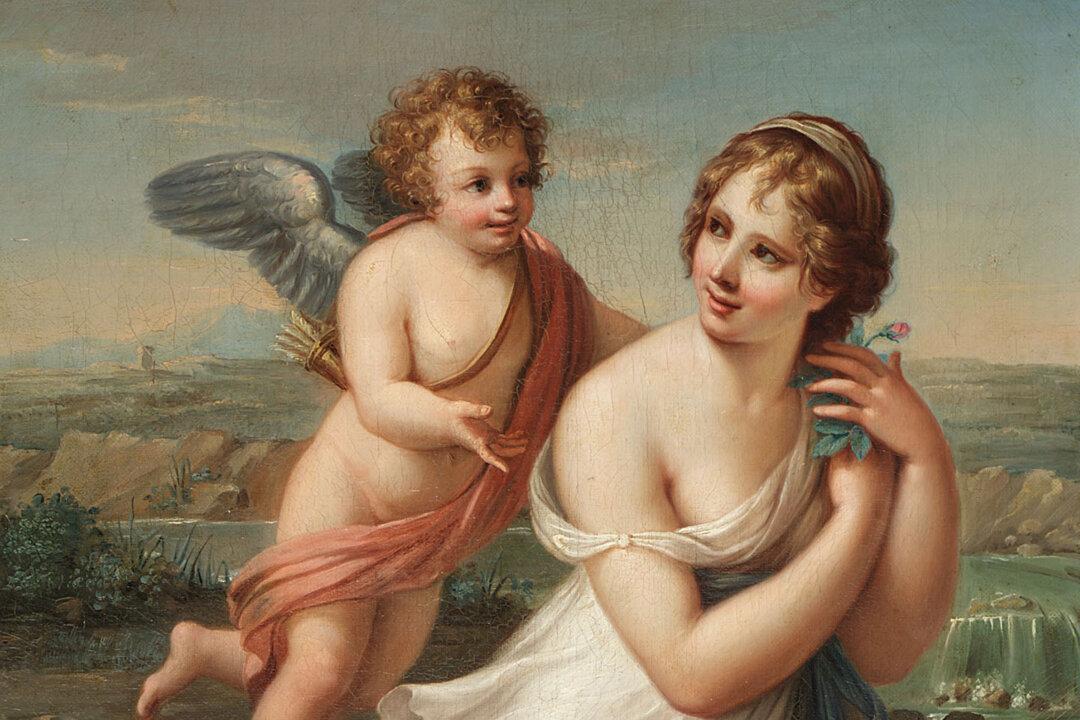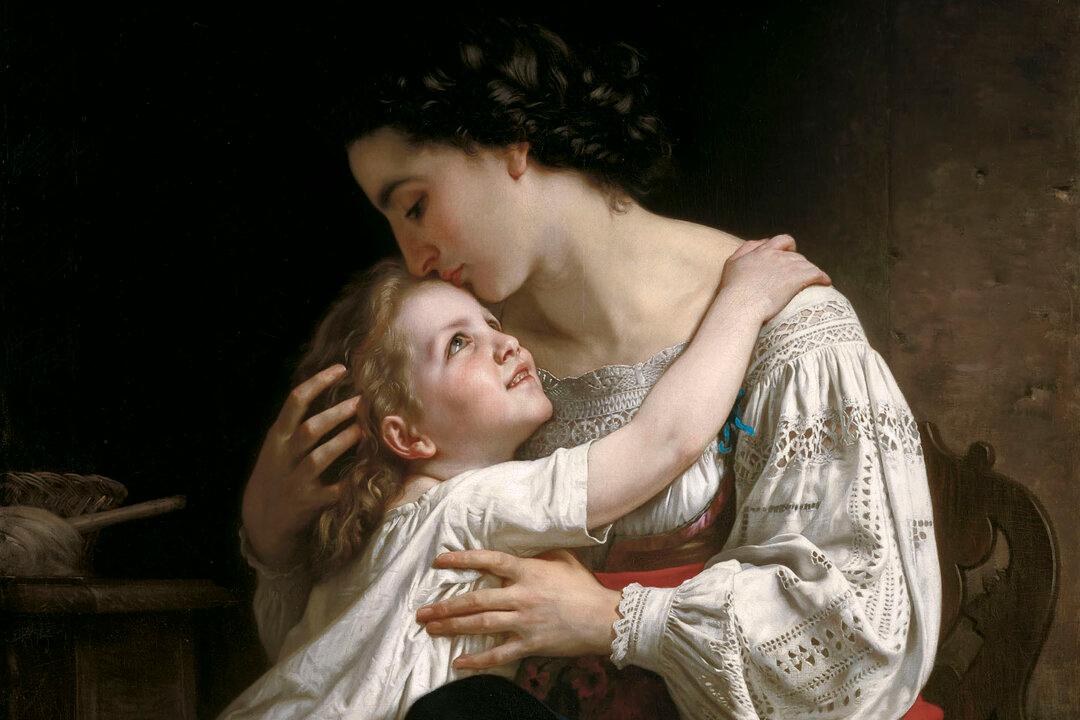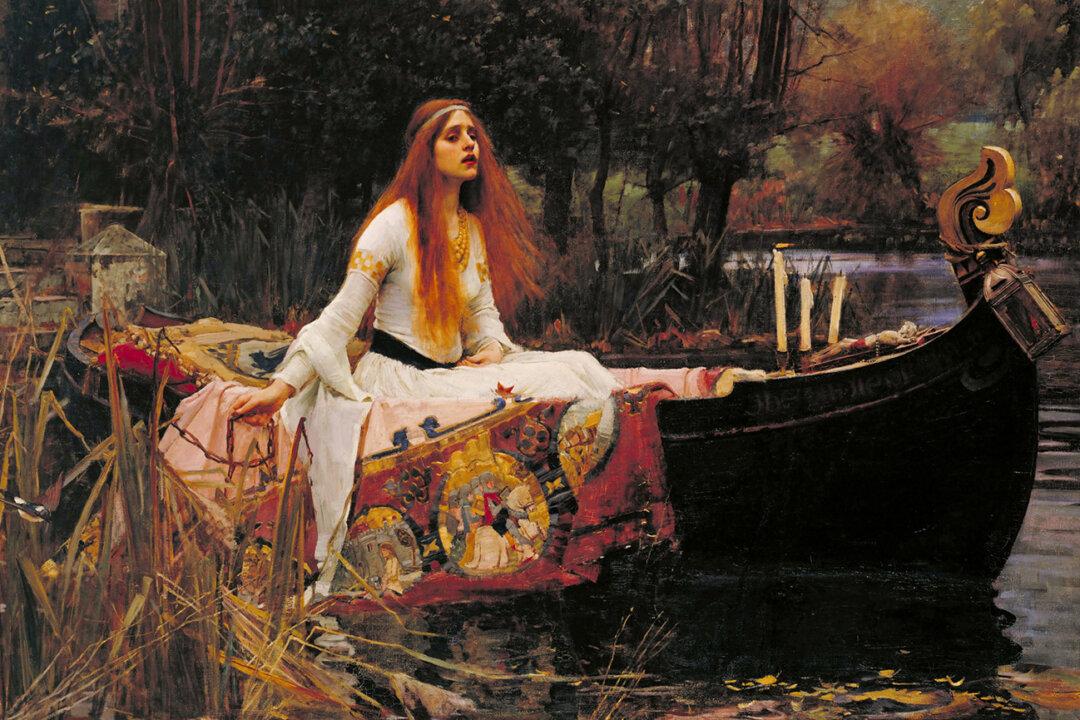With his image seen most often during February and June (the month of Valentine’s Day and the traditional wedding season, respectively), Cupid typically conjures up images of a cherubic infant wielding a bow and arrow. But this wasn’t always the case. The modern figure of Cupid is not exactly the one that Westerners have always known.
Cupid has been adapted over the years, and that’s nothing new for the love-god of mythology. Like Santa Claus and the Easter Bunny, Cupid has rolled with the times.




